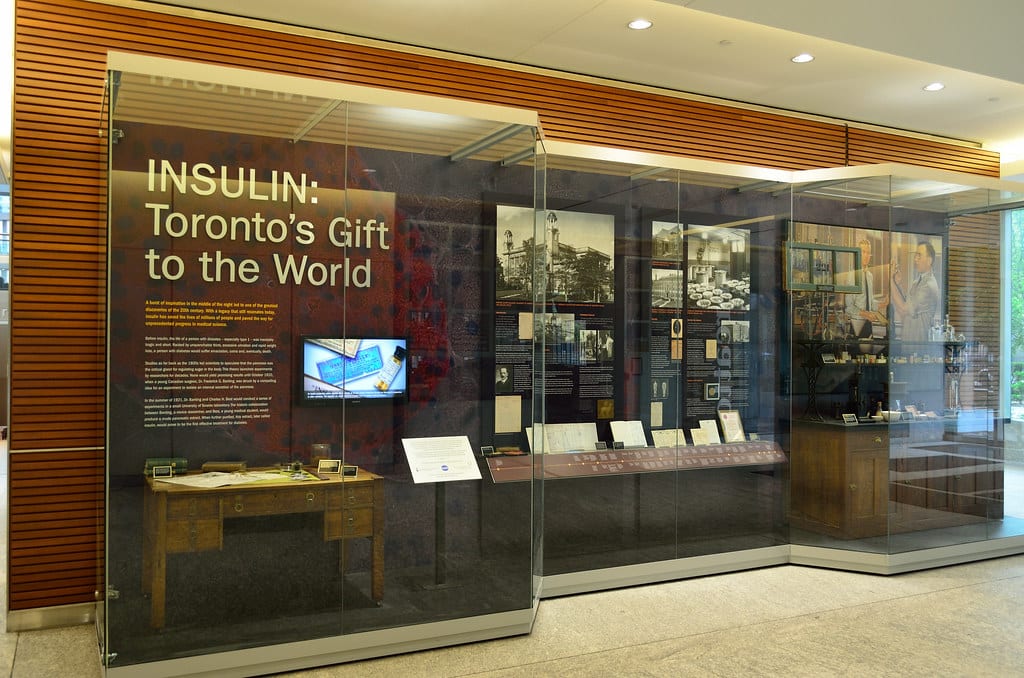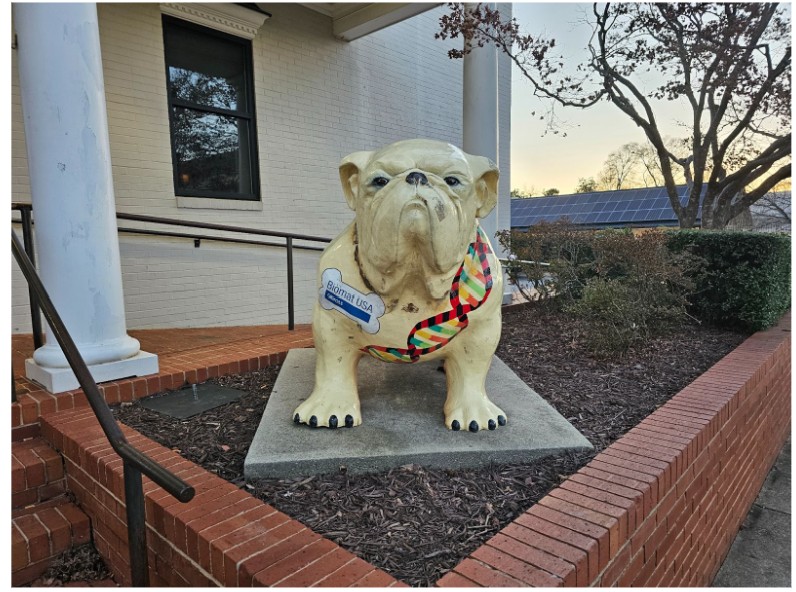You probably know or love someone who suffers from diabetes mellitus. In fact, recent CDC reports estimate that nearly 10% of Americans have diabetes, and as many as a third of Americans are pre-diabetic and undiagnosed. So, there is a reason the cost of healthcare—and in particular, insulin, the lifesaving drug used to treat diabetes—has been a popular topic in the news recently. Annual insulin costs have been skyrocketing, creating dangerous conditions for diabetics. In March 2017, the death of Shane Patrick Boyle raised a lot of eyebrows when he died from diabetic ketoacidosis after his GoFundMe failed to reach the $50 goal for his $750 monthly supply of insulin. As recently as July 2019, a Minnesota man died a similar death. Even the presidential race has highlighted the subject: recently, presidential candidate Bernie Sanders bussed a dozen Americans to Canada to purchase insulin at one-tenth of the price. However, many people don't know what insulin actually is or why it is so difficult to produce competitively.

What IS insulin, anyway, and what does it do?
The energy we need to survive is obtained by breaking down glucose and absorbing it into the bloodstream. However, the amount of glucose in our blood can hurt us if it gets too high, leading to hyperglycemia. Luckily for us, insulin is a peptide (protein) hormone that promotes the storage of glucose into our cells, removing the glucose from our blood. This allows us to store it as energy, or “brings our sugar down.â€
However, in patients with diabetes, the disease causes their blood sugar to remain too high. Without this insulin, your body will not be able to store or use glucose as fuel, effectively making you starve. This can lead to ketogenesis—an emergency energy production in which your body breaks down fat into ketone bodies. These ketones are acidic, and an acute build-up of these ketone bodies in the bloodstream can lead to ketoacidosis—the condition that killed Shane Patrick Boyle. In the long term, hyperglycemia may lead to microscopic vascular damage and eventually organ failure.
So why is insulin so expensive?
Insulin is unique. Normally, the most expensive drugs are the ones that (1) can only be sold to a few people and therefore few people share the cost, or (2) are new, and no one has had a chance to make a competitor yet. However, diabetes is the 7th leading cause of death in the United States, and the scientist who discovered insulin sold the patent to the University of Toronto for $1 in 1929 because, in his words, “insulin belongs to the world, not to me.â€
So why the rising price?
It is a perfect storm of business and biological complexity. First, the three largest manufacturers of insulin—Eli Lilly, Novo Nordisk, and Sanofi—represent 96% of the total insulin market as of 2018. Then, once you corner the market, you can set the price. For instance, insulin prices rose three-fold during the last decade in which the current director of Health and Human Services director, Alex Azar, was a senior executive at Eli Lillly, including when he served as president of the company. This pattern is exacerbated by the fact that drug prices in the US are negotiated by a convoluted web of private payers.
Second, insulin is not a small-molecule drug, but a large, complex biological molecule. Therefore a safe, identical copy (or biosimilar) cannot be easily made, making it difficult to compete in this established market.
Lastly, the price has been kept high by a process known as “evergreening†of patents. Normally, a drug patent only lasts 20 years. However, companies can essentially reset the clock on their patent, as long as they change their product slightly. As new insulin products enter the market, older (and potentially cheaper) versions are discontinued. Thus, a low-cost generic can never arise. For instance, even though Banting sold his patent for a dollar, this was a patent on using insulin from mammals, whereas insulin is currently made from biosynthetic analogs.
Moving forward
However, there may be some good news on the horizon for those of us whose lives depend on insulin. In July, Azar announced that Trump administration plans to allow Americans to legally import prescription drugs from Canada in an effort to reduce prices. There are also biohackers working to try to develop open-source insulin manufacturing protocols to help combat the effects of evergreening patents. However, these do not address the systemic problems that allows insulin prices to soar in the first place.
A study by Imperial College London found that a more reasonable price for an insulin analog would be somewhere between $78-130 per person per year if more competition could simply enter the market. Going forward, it is important to keep up with news on the cost of insulin and who it affects as consumers and voters.
 Mike Choromanski is the former President of UGA's Cellular Biology Graduate Student Association and a Ph.D. student studying Neuroscience and Cellular Biology. He attended Armstrong State University where he obtained a B.S. in Cell Biology with minors in Neuroscience and Philosophy while serving as an editor for his college newspaper, The Inkwell. Before teaching at UGA, he organized STEM trecks and taught environmental science for Philmont Scout Ranch. In his spare time, he loves to hike, cook and play video games, and competes on UGA's fencing team.
Mike Choromanski is the former President of UGA's Cellular Biology Graduate Student Association and a Ph.D. student studying Neuroscience and Cellular Biology. He attended Armstrong State University where he obtained a B.S. in Cell Biology with minors in Neuroscience and Philosophy while serving as an editor for his college newspaper, The Inkwell. Before teaching at UGA, he organized STEM trecks and taught environmental science for Philmont Scout Ranch. In his spare time, he loves to hike, cook and play video games, and competes on UGA's fencing team.
About the Author
- athenssciencecafehttps://athensscienceobserver.com/author/athenssciencecafe/April 17, 2020
- athenssciencecafehttps://athensscienceobserver.com/author/athenssciencecafe/April 12, 2020
- athenssciencecafehttps://athensscienceobserver.com/author/athenssciencecafe/April 3, 2020
- athenssciencecafehttps://athensscienceobserver.com/author/athenssciencecafe/March 30, 2020







